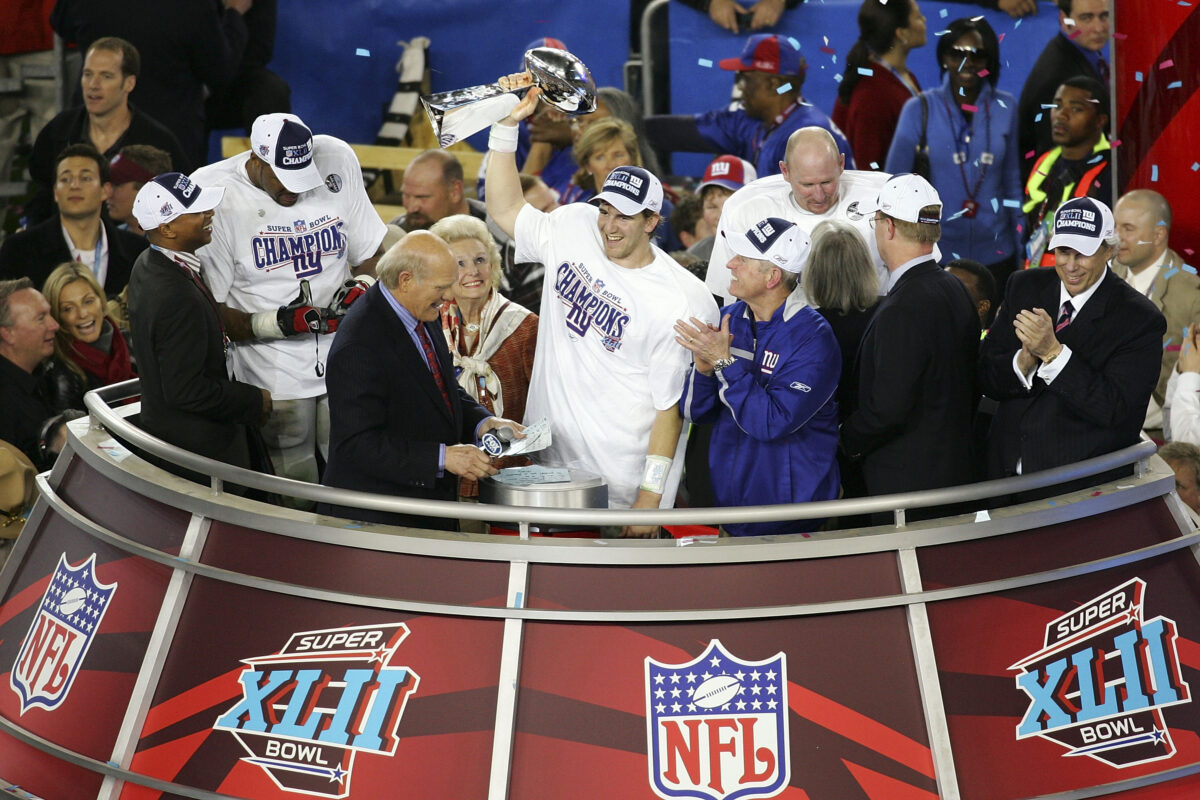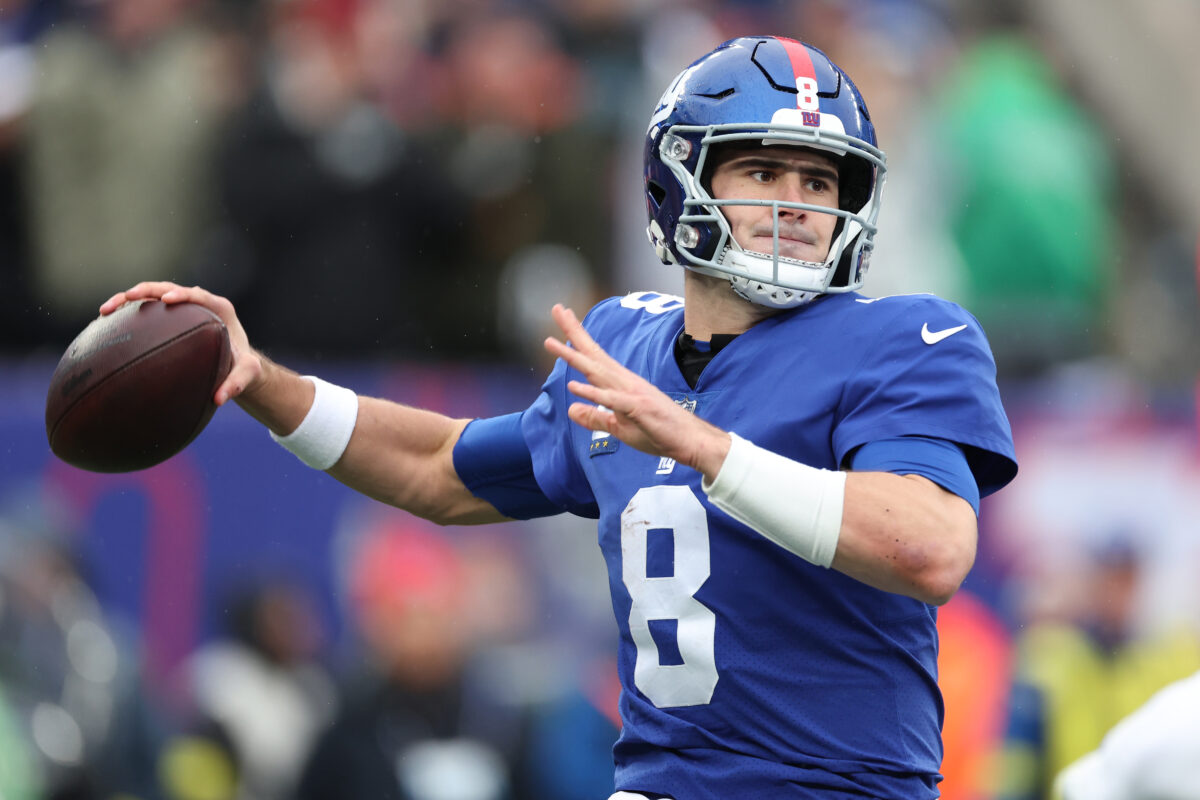Earlier this week, NFL Network’s Gregg Rosenthal released his rankings of the greatest Super Bowl quarterbacks of all time. New York Giants legend Eli Manning did not fare well on his list, checking in at No. 32 overall.
Rosenthal’s argument for ranking Manning so low was his career regular season record (117-117).
On Saturday, Bryan DeArdo of CBS Sports decided to compile his own list of the 15 Greatest Super Bowl Quarterbacks. And this time around, Manning got his due.
6. Eli Manning, Giants
- 2x Super Bowl champion (2-0 record)
- 2x Super Bowl MVP
You can’t talk Super Bowls without talking about Manning, who led the Giants to the NFL’s biggest upset since the Colts’ upset win over the Jets in Super Bowl III. Manning’s poise and performance against the then-undefeated Patriots helped produce one of the most memorable plays in NFL history. The play set up his game-winning touchdown pass to Plaxico Burress.
Four years later, Manning foiled the Patriots again on the strength of his 38-yard dime to Mario Manningham that set up the game-winning score.
Manning wasn’t the only Giant to make the list, which was understandably topped by future Hall of Famer Tom Brady.
14. Phil Simms, Giants
- Super Bowl XXI MVP
- Holds Super Bowl record for highest single-game completion percentage
One of the ’80s most underrated players, Simms’ near flawless performance in Super Bowl XXI is a lasting testament to his passing prowess. He completed a whopping 88% of his throws (22 of 25) in a 39-20 win over the Broncos. Simms threw three touchdowns in the win and was a perfect 10 of 10 passing in the second half.
Former Giants quarterback Kurt Warner, who is better known for his time with the Los Angeles Rams and Arizona Cardinals, checked in at No. 10 overall.
Eli’s brother, Peyton Manning, also made the list at No. 9 overall.
[mm-video type=playlist id=01eqbx61yex5whq8aq player_id=01eqbvhghtkmz2182d image=]
[lawrence-related id=706066,706068,706062]
Follow the Giants Wire Podcast:
Apple Podcasts | Spotify | Google Podcasts









